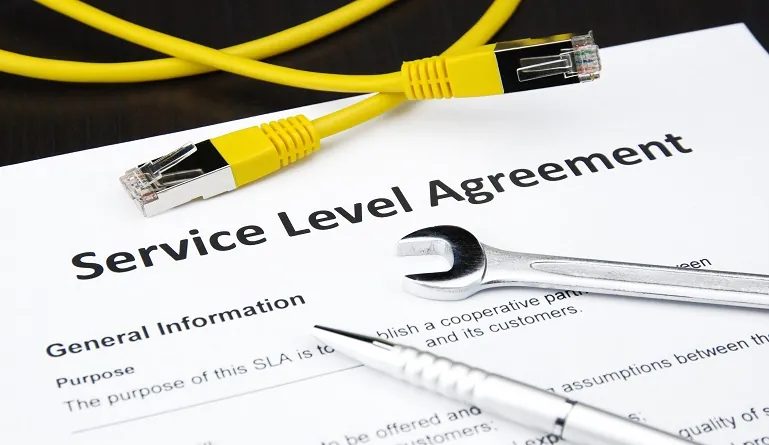Since companies regularly engage with auditors to check for financial fraud risks and to help them create error-free financial processes, audit compliance in the procure to pay cycle in SAP is very important. While compliance in the procure-to-pay process can be tricky, automating procure to pay SAP compliance can drastically help companies struggling with compliance in the procure to pay process.
When you automate your procure-to-pay process, you’ll not only ensure compliance standards are met but gain added business value as well. Compliance in the procure to pay cycle in SAP can be difficult to achieve.
So, what exactly does compliance in the procure to pay process mean? Well, according to SAP, “The Accounts Payable / Procure to Pay (P2P) overall process covers the complete cycle from Vendor Master Maintenance through procurement and Vendor Invoice Processing, the resulting Payment Processing to external vendors and the Period Closing Activities. All processes are accompanied by comprehensive and mature monitoring to accomplish the Sarbanes-Oxley Act (SOX) Compliance.”
The procure to pay process can be very challenging for manufacturers because compliance definitions vary from state to state so you can’t put full trust in your manufacturers to get compliance right. Luckily, it is easy to digitize your procure to pay cycle in SAP to ensure compliance is met thoroughly.
Step 1. Submit Purchase Requisition
Step 2. Place Purchase Order
Step 3. Check Codes Receipt
Step 4. Verify and Approve Invoice
Step 5. Generate Payment
Since the procure to pay process can be highly complex, involving multiple employees across many departments and locations, automating the procure to pay cycle in SAP is the best way to ensure that you are meeting all compliance standards.
Reasons for Automating the Procure to Pay Cycle in SAP
Reason 1. A lack of total control over ordering processes can lead to the maverick buying effect. This means that employees are either using non-approved vendors, ordering products outside of the purchasing department, or a combination of both. When employees buy goods or services without involving the purchasing department, they’re not utilizing that department’s skills and knowledge which can lead to wild buying habits and unwanted consequences.
Reason 2. When the procure to pay process is not automated, you will most likely pay higher prices due to missing or poor negotiations and smaller quantities. This is not cost-effective for your company and can lead to financial issues.
Reason 3. When your purchase to pay process is not automated, you will miss cash discounts, as well as pay high penalty fees, due to excessive processing times and delayed approvals. Once your purchase to pay process is automated though, you can avoid access fees and processing times.
Reason 4. Without an automated procure to pay SAP process, you lack transparency. This missing transparency over your process leads to failing company policies and poor visibility for the purchasing department, leading to cost-inefficiencies and financial issues.
Reason 5. A manual procure-to-pay SAP process is very time consuming and often leads to unsatisfied employees and costly mistakes. This also leads to employees’ talents not being utilized to make the business more successful and can lead to many business issues.
Automating your purchase to pay process will lead to reduced process costs, lower purchase prices, improved profitability, complete visibility, faster processing times, added business value, and compliance archiving ensuring that all approvals and purchase orders are automatically archived in compliance with regulations and standards.
If you’re struggling with compliance in the procure to pay cycle in SAP, automating your purchase to pay process is the best way to ensure compliance and gain added business value.





